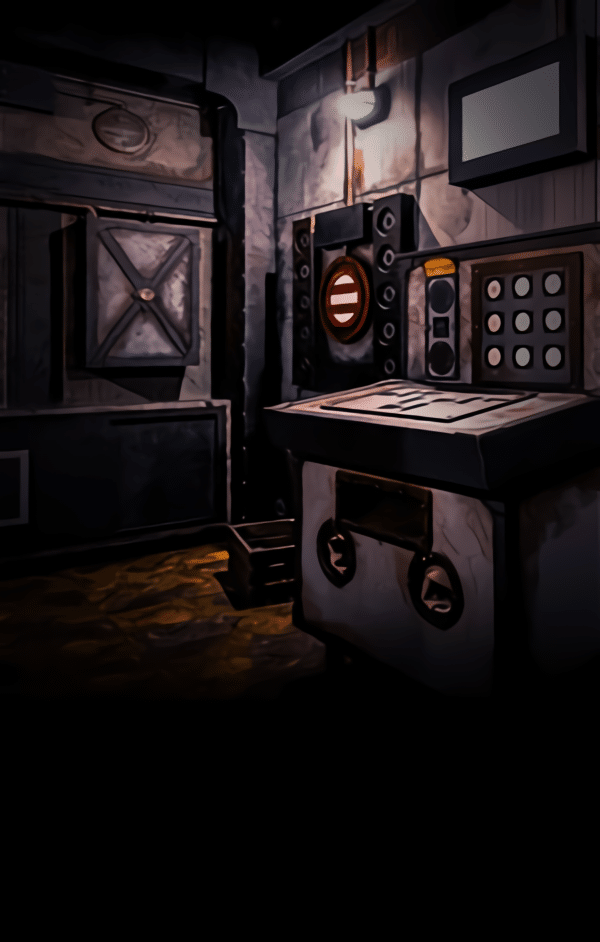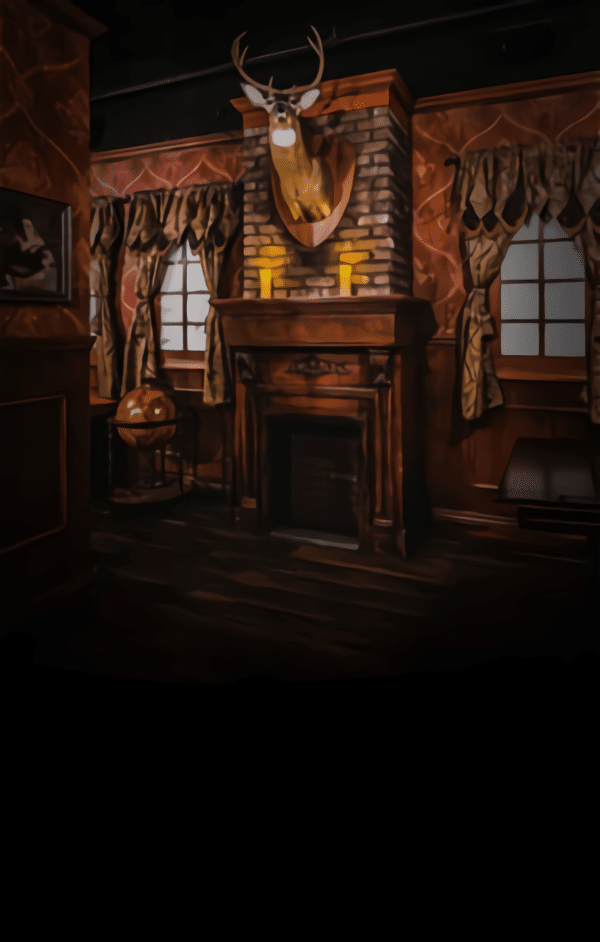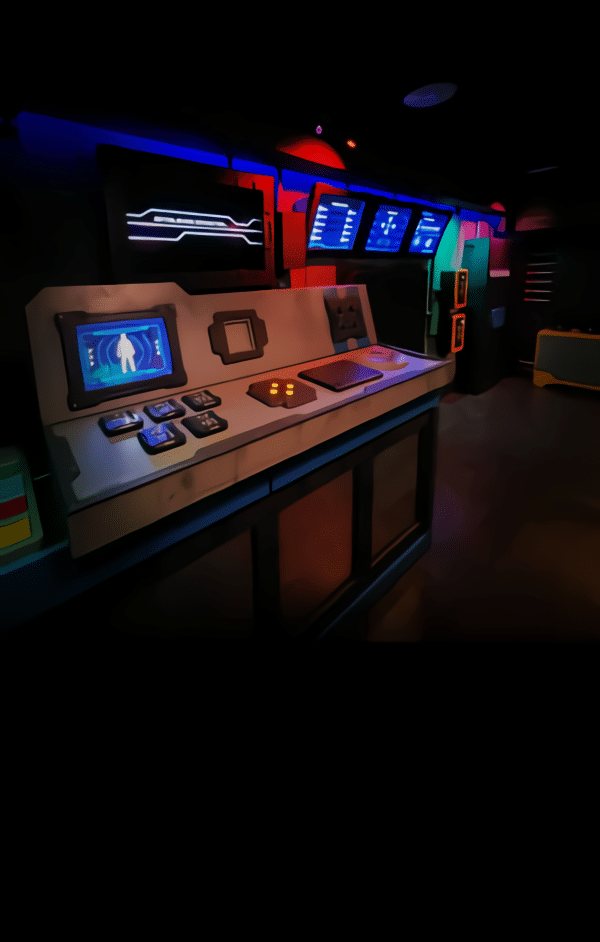Why Challenge Pacing Matters in Escape Rooms NYC
Escape rooms are not just rooms filled with puzzles—they are fully orchestrated experiences carefully designed to create tension, excitement, progression, and satisfaction. One of the most important design elements that determines whether you have a fun, frustrating, or unforgettable adventure is challenge pacing. For players exploring escape rooms nyc, understanding pacing can help them choose the right room, perform better during gameplay, and enjoy the experience to its fullest.
Among NYC’s top escape room venues, Mission Escape Games stands out for offering well-balanced pacing, cinematic flow, and intelligently structured challenges. Their rooms are known for being exciting without feeling overwhelming, making them perfect for beginners, intermediate players, and seasoned escape room enthusiasts. To explore their themes and booking options, visit escape rooms nyc and learn more about their immersive experiences.
Knowing how pacing works can significantly influence your success rate, stress level, and overall enjoyment.
What Is Challenge Pacing in Escape Rooms?
Challenge pacing refers to the rhythm and flow of puzzles during your escape room experience. It includes:
-
The order puzzles appear
-
How puzzles connect to one another
-
Difficulty progression
-
The balance of “easy wins” versus complex tasks
-
How story development impacts puzzle timing
-
Moments of intensity versus moments of relief
It’s essentially the “beat” of the escape room—when to think fast, when to slow down, and how the game directs your team emotionally and mentally.
Well-paced escape rooms feel smooth and cinematic, while poorly paced rooms can feel chaotic, overwhelming, or even boring.
Why Challenge Pacing Is Especially Important in NYC Escape Rooms
NYC escape rooms operate in one of the most competitive entertainment markets in the world. Players expect:
-
High production value
-
Smart puzzle flow
-
Film-like immersion
-
Balanced challenge
-
A satisfying narrative arc
Because of this, NYC escape rooms—particularly those like Mission Escape Games—put significant effort into pacing.
Poor pacing leads to:
-
Rushed or stressful gameplay
-
Confusion
-
Unsolvable bottlenecks
-
Boredom or downtime
-
Uneven teamwork
Strong pacing leads to:
-
Natural progression
-
Steady excitement
-
Engagement from start to finish
-
Team cooperation
-
A rewarding experience
This is why pacing is one of the most important design elements in professional escape rooms.
The Three Phases of Challenge Pacing in Escape Rooms NYC
Most high-quality escape rooms follow a three-phase pacing approach.
1. The Warm-Up Phase (Introductory Puzzles)
This is where players get comfortable with the game format.
Characteristics:
-
Straightforward puzzles
-
Obvious clues
-
Familiar object interactions
-
Short tasks
-
Learn-as-you-go introductions
Purpose:
-
Build confidence
-
Teach mechanics
-
Set tone and story
This phase usually lasts the first 10–15 minutes.
2. The Core Challenge Phase (Main Puzzle Flow)
This is the majority of the gameplay and where pacing matters most.
Features:
-
Moderate puzzle difficulty
-
Interlinked clues
-
Multi-step sequences
-
Stronger teamwork requirements
-
Increased time pressure
This is the heart of the escape room experience.
3. The Climactic Phase (Final Puzzle Push)
The final section delivers excitement and urgency.
Hallmarks:
-
Faster pace
-
High-energy challenges
-
Final locks or tasks
-
Emotional crescendo
-
Time-sensitive clues
Great pacing ensures the last 10 minutes feel thrilling—not stressful.
Mission Escape Games uses this three-phase structure expertly to create a smooth and enjoyable flow.
Linear vs. Non-Linear Pacing: How It Affects Your Experience
Escape rooms typically fall into two pacing categories.
Linear Pacing
Puzzles must be solved in a specific order.
Pros:
-
Great for beginners
-
Clear direction
-
Team stays naturally aligned
Cons:
-
Can create bottlenecks
-
Slower teams may feel pressured
Mission Escape Games uses linear pacing in beginner and story-heavy rooms.
Non-Linear Pacing
Multiple puzzles can be solved simultaneously.
Pros:
-
Perfect for large groups
-
Reduces bottlenecks
-
Fast-paced feeling
Cons:
-
Can be overwhelming for first-timers
-
Requires strong communication
Non-linear pacing works well in advanced rooms.
How Puzzle Difficulty Influences Pacing
Pacing isn’t only about timing—difficulty plays a huge role.
Easy Puzzles Increase Momentum
Early easy puzzles build confidence.
Medium Difficulty Creates Engagement
These form the bulk of the experience.
High Difficulty Raises Tension
Typically placed near the end for dramatic payoff.
Mission Escape Games balances these difficulty shifts to prevent frustration and keep teams energized.
How Storytelling Connects to Pacing
Escape rooms combine puzzles with narrative, and pacing must match the storyline.
Examples of Story-Driven Pacing:
-
Mystery stories start slowly and escalate
-
Adventure rooms introduce puzzles gradually
-
Suspense rooms increase tension steadily
-
Sci-fi rooms feature technological transitions
-
Detective rooms reveal clues at specific beats
Good escape rooms use story elements to enhance pacing.
Environmental Pacing: Lighting, Sound, and Effects
Atmospheric elements also influence pacing:
Lighting shifts:
-
Bright for new areas
-
Dim for tension
-
Color changes for transitions
Sound cues:
-
Music intensity increases near the climax
-
Story voiceovers mark new puzzle stages
-
Ambient sounds signal progress
Atmospheric effects:
-
Fog or movement elements create urgency
-
Mechanical transitions signal puzzle changes
These sensory cues guide pacing subconsciously.
Hint System Influence on Pacing
Hints are a key pacing tool.
How Hints Help Pacing:
-
Prevent long stall periods
-
Keep teams moving
-
Reduce frustration
-
Help groups reach the final puzzles
Mission Escape Games uses intelligent hint systems that align with the storyline to preserve immersion.
Group Size and Its Pacing Impact
How many players you bring directly affects pacing.
Small Groups (2–4 Players):
Pros:
-
Easier communication
-
Less chaos
Cons:
-
May struggle with fast-paced, multi-step rooms
Medium Groups (5–6 Players):
The best balance for most rooms.
Large Groups (7–10 Players):
Pros:
-
Great for non-linear rooms
-
Multiple puzzles solved concurrently
Cons:
-
Can overwhelm puzzles meant for small groups
Mission Escape Games designs rooms to accommodate various group sizes without losing pacing quality.
How Time Pressure Shapes Pacing
The countdown clock is one of the strongest pacing tools.
Moments influenced by the clock:
-
Mid-game urgency
-
Final 10-minute rush
-
Team motivation
-
Decision-making speed
The pressure enhances excitement—but rooms must be designed so that players don’t feel too rushed.
Common Pacing Mistakes Players Make
Even well-paced rooms can feel challenging if players fall into common traps.
1. Overthinking Early Puzzles
Beginner puzzles are meant to warm you up—don’t make them more complicated than they are.
2. One Person Dominating
Disrupts natural pacing and reduces efficiency.
3. Poor Communication
Causes puzzle bottlenecks or missed clues.
4. Ignoring Story Cues
Narrative elements often guide pacing.
5. Hoarding Clues
Breaks puzzle flow.
Avoid these mistakes to maintain optimal pacing.
How Mission Escape Games Ensures Balanced Pacing
Mission Escape Games is known for its expertly crafted pacing.
Their pacing strengths include:
-
Cinematic puzzle flow
-
Perfect mix of puzzle types
-
Smooth difficulty progression
-
Strong use of lighting and sound
-
Thoughtful room transitions
-
Engaging story beats
-
Timed climactic moments
-
Non-confusing puzzle design
-
Generous but balanced hint system
-
Reduced bottleneck issues
Their rooms are created by specialists who blend thematic storytelling with smart puzzle engineering.
How to Prepare for Great Pacing as a Player
You can improve pacing simply by preparing correctly.
1. Arrive Early
Last-minute stress breaks pacing before the game even starts.
2. Communicate Roles
Divide by strengths:
-
Observers
-
Puzzle solvers
-
Organizers
-
Clue managers
3. Stay Organized
Keep clues in designated areas to maintain flow.
4. Don’t Hesitate to Ask for Hints
Hints keep momentum strong.
5. Trust the Pacing
Good escape rooms are designed to feel like a story—let it unfold naturally.
The Importance of “Pacing Breaks” During Gameplay
Good pacing includes quiet moments:
Breaks allow players to:
-
Regroup
-
Analyze
-
Catch their breath
-
Transition between puzzle types
Without pacing breaks, rooms feel exhausting.
Pacing in Team-Building vs. Casual Play
Escape rooms create different pacing experiences depending on the group type.
Team-Building Groups
Pros:
-
Fast parallel solving
-
Strong communication
Cons:
-
Over-coordination can disrupt pacing
Casual Groups
Pros:
-
More natural flow
-
Relaxed pacing
Cons:
-
Risk of stalling without hints
Mission Escape Games adapts pacing expectations for both corporate groups and casual players.
How Difficulty Ratings Influence Pacing Interpretation
Pacing feels different depending on room difficulty.
Beginner Rooms
Pacing is:
-
Light
-
Smooth
-
Guided
-
Moderately paced
Intermediate Rooms
Pacing becomes:
-
Challenging
-
More dynamic
-
Multi-layered
Advanced Rooms
Expect:
-
Rapid transitions
-
High-pressure moments
-
Multi-step puzzles
-
Minimal downtime
Players should choose rooms that match their preferred pacing style.
Why Pacing Makes Escape Rooms Feel Cinematic
When pacing is done right, escape rooms feel like stepping into a movie.
Cinematic pacing elements include:
-
Rising action
-
Plot twists
-
Climactic moments
-
Character-driven clues
-
Thematic transitions
Mission Escape Games designs rooms with a storytelling-first approach.
How Pacing Affects Escape Room Satisfaction
Pacing plays a big role in reviews and player satisfaction.
Good pacing leads to:
-
Higher success rates
-
More fun
-
Less stress
-
Better teamwork
-
Stronger storytelling
-
Favorable reviews
This is why top venues put so much effort into pacing structure.
Detailed Conclusion
Challenge pacing is one of the most critical elements of escape room design—and one of the biggest factors affecting your enjoyment, performance, and overall satisfaction. For players exploring escape rooms nyc, understanding pacing helps you choose the right difficulty level, prepare your team, and fully appreciate the immersive adventure escape rooms provide.
Mission Escape Games excels in pacing through expertly crafted narratives, balanced puzzle design, cinematic flow, atmospheric transitions, and thoughtful use of technology. Their rooms offer a perfect blend of excitement, challenge, suspense, and smooth progression—ensuring players remain engaged from the opening clue to the climactic finale.
Whether you’re a beginner looking for an approachable experience or an advanced escape room enthusiast seeking intense pacing, Mission Escape Games provides options tailored to every skill level. With strong pacing and world-class design, they deliver some of the most satisfying escape room experiences in NYC.
Escape rooms are more than puzzles—they are stories, adventures, and journeys shaped by pacing. When done right, they become unforgettable experiences that players talk about long after they escape.
FAQs
1. What does challenge pacing mean in escape rooms?
Challenge pacing refers to the flow and structure of puzzles, difficulty progression, and emotional rhythm throughout an escape room. It affects how smooth, exciting, and challenging the experience feels.
2. Do escape rooms nyc adjust pacing for beginners?
Yes. Beginner-friendly rooms typically feature clearer puzzles, gentler transitions, and slower pacing to build confidence and reduce stress.
3. How does group size affect pacing?
Larger groups tend to speed up pacing by solving puzzles simultaneously, while smaller groups may feel pacing slow down due to fewer hands and eyes. Communication is key regardless of size.
4. Can pacing feel too fast or too slow?
Yes. Poor pacing can feel chaotic or dull. High-quality escape rooms like Mission Escape Games carefully design pacing to feel exciting without being overwhelming.
5. How can players improve their pacing during the game?
Players can improve pacing by communicating clearly, dividing tasks, staying organized, using hints strategically, and choosing rooms that match their experience level.
Read: How do escape rooms NYC compare to VR-based escape experiences?
Read: How does the environment design affect the overall escape rooms NYC experience?









